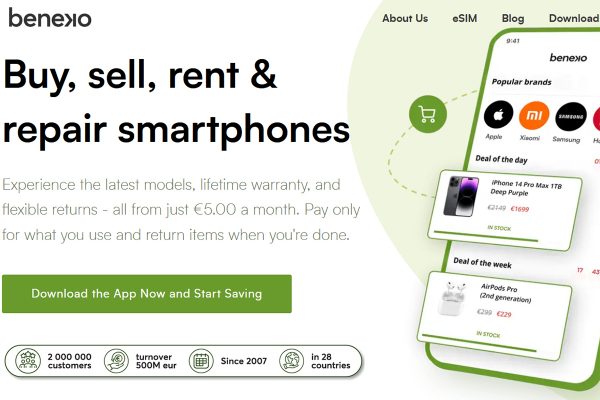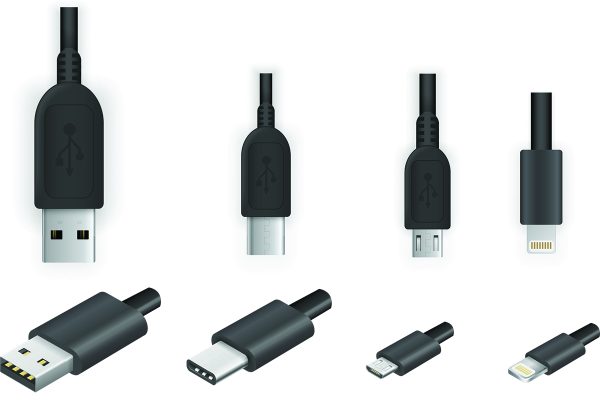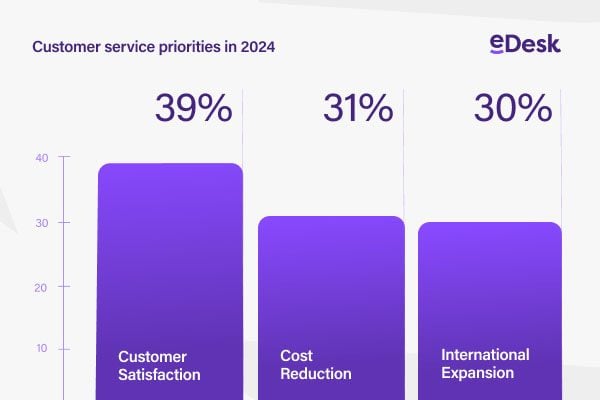No sooner have eSellers perfected their online stores that another obstacle rises up in front of them. Now customers expect a seamless service across all platforms; one answer is responsive web design.
The idea that shoppers still gravitate to their PC to buy things is starting to wane. Sure, the actual purchase might still happen there for some 50% of people, the shopping journey involves all channels and sees shoppers move across channels as they research and evaluate products before buying them.
Catering for this is difficult and can be costly. But increasingly, website design tools are shifting to being adaptive and responsive to device so that the same site can be served up in the relevant way to the device. So what is it and how can it help your customer experience?
How does responsive web design solve the problem?
Responsive web design works by taking your ecommerce platform and ensuring uniformity across all devices so no matter where a customer accesses your site from they have the same advantages as if shopping from a PC.
It’s labelled as the future of website presentation as it adapts to any device. In essence it responds to the device a customer is using ensuring they see the whole website, clearly. It does this by condensing margins and flow while keeping the essential information at the fore.
For example, of course a smartphone can’t effortlessly display a full website however, people can scroll to find the information they’re looking for so design blocks can shift to please the device.
Multichannel retailing
Multichannel retailing can work in harmony with responsive web design, however at the moment it is more often focused on the different platforms for devices such as separate Apps, website and in store experiences.
Previously etailers would employ different companies or developers for each aspect of the shopping experience, such as one for the website, another for the mobile site and so on. Multichannel retailing aims to connect all points of contact making them seamlessly interact with each other to provide a seamless customer experience.
Amazon do this well, they have taken a holistic approach and succeeded. They also show no signs of slowing down their innovative ways to keep consumers engaged.
You can shop from the website or the app confidently, knowing that what you put in a basket on one device will register on another. If you’re not happy using the app you can easily view the website from a smartphone. They of course have another device to add into the mix, the Kindle and they also pull this off.
It’s worked so well that they’re now infiltrating the High Street, one of the first solely online companies to become part of a town. Their range of options isn’t just limited to shopping, collection and delivery are flexible as can be too.
Craig Beddis, chief marketing officer of Automic, explains why a holistic approach is essential for good customer care, he says, “Automating back-end processes can help e-tailers meet service expectations; it removes-time consuming administration tasks and reduces the risk of errors.
“Ecommerce platforms have the potential for multiple points of failure. From the moment an order is placed through the ecommerce platform to when it is selected, packed and dispatched, every step in the process must be handled efficiently.
“Yet, e-tailers have multiple platforms dealing with each stage. Automation streamlines this complex, end-to-end process, drives efficiency, and provides competitive advantage, guaranteeing service promises and enhancing e-tailers’ presence as their business grows.”
Of course all of this customer support is essential, from being able to send a text from a mobile device to ask for help, to sending an email from work and choosing to have the response delivered at home. From making a call from a mobile phone that doesn’t cost the earth to customer service agents ringing back at a time to suit you.
The key fact to remember is that no matter where or how a customer shops with you online they still expect complete customer support throughout.
Isn’t there an app for that?
Most big ecommerce sites now have an app for tablets and smartphones. They work well they work for the consumer, however these apps can also put customers off. Right or wrong the customer expects to be able to access most website features on an app and when they can’t they get frustrated.
In the majority of cases a visit to the website from a PC is needed for features such as account services, customer services, special offers, deals and discount codes.









